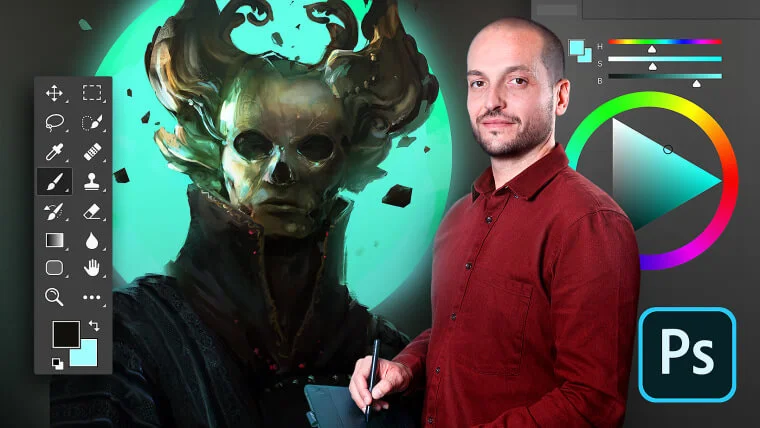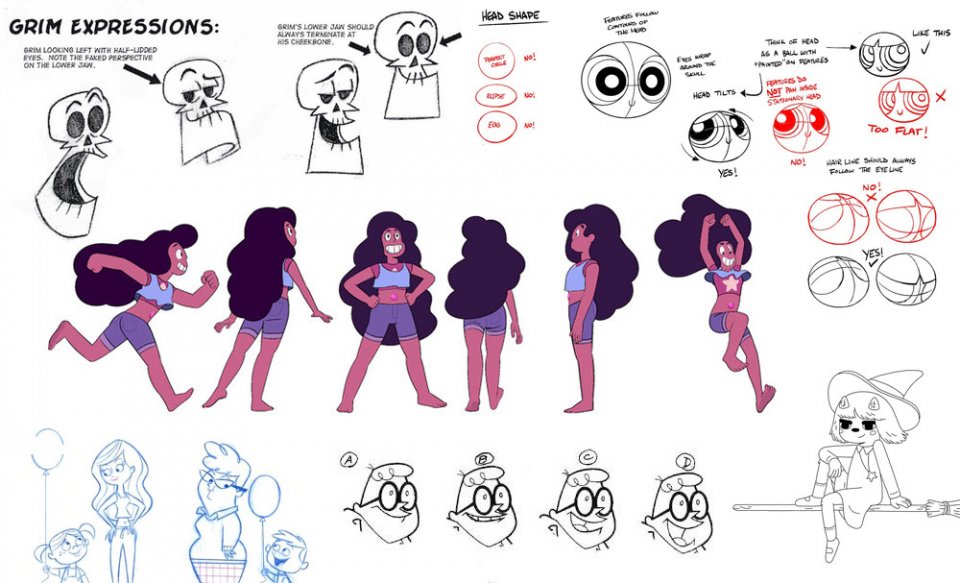
A few months ago, Cartoon Network had a series of webinars with portfolio advice and information regarding animated tv series. While these webinars were completely free, viewership was limited and only a handful of users could register in time to see them live. Luckily, Cartoon Network decided to record and upload them later so anyone could watch them at any time. Now we bring you the information and tips they gave in regards to cartoon character design.
For this webinar they counted with the presence of Valerio Fabbretti and Becky Dreisdadt. While Fabbretti is currently the art director for “The Fungies!” animated series, Dreisdadt works as character supervisor for Adventure Time: Distant Lands. Together they took the time to talk about their experience, what is the process involved in a cartoon character design and how to build a portfolio focused on this aspect.
CHARACTER DESIGN FOR AN ANIMATED SERIES
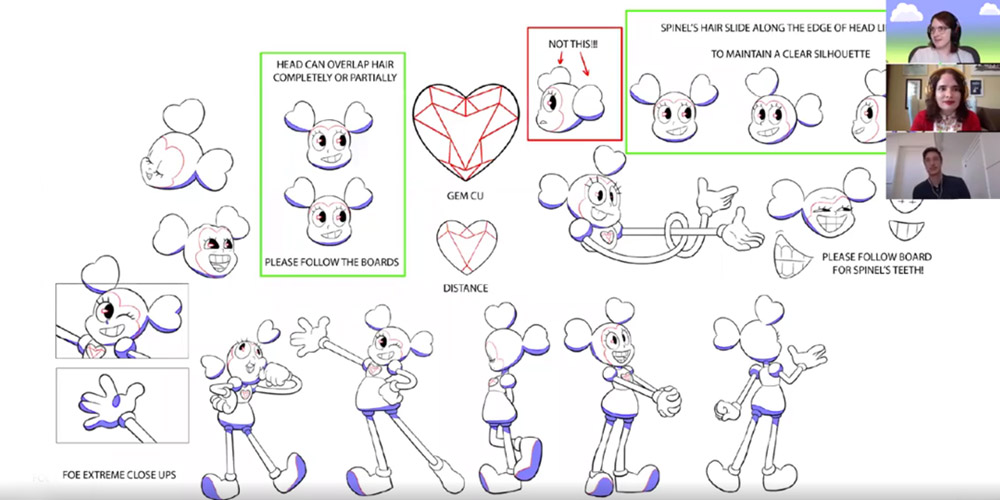
In terms of character design, Becky comments that it is important to know how to draw in a great variety of angles. Depending on the relevance of each character, it may even be necessary to include additional information and sketches. That’s why it’s better that you are deeply familiarized with each character, in case you ever need to bring up more details about them as needed.
Either way, with every character that you work on you need to create a register on how the mouth moves when making sounds or speaking. This is of great help to the animators when they need to work on scenes where there are dialogues. Of equal importance is to draw the characters with different expressions on their faces, for example, when they are happy, sad, scared or angry.
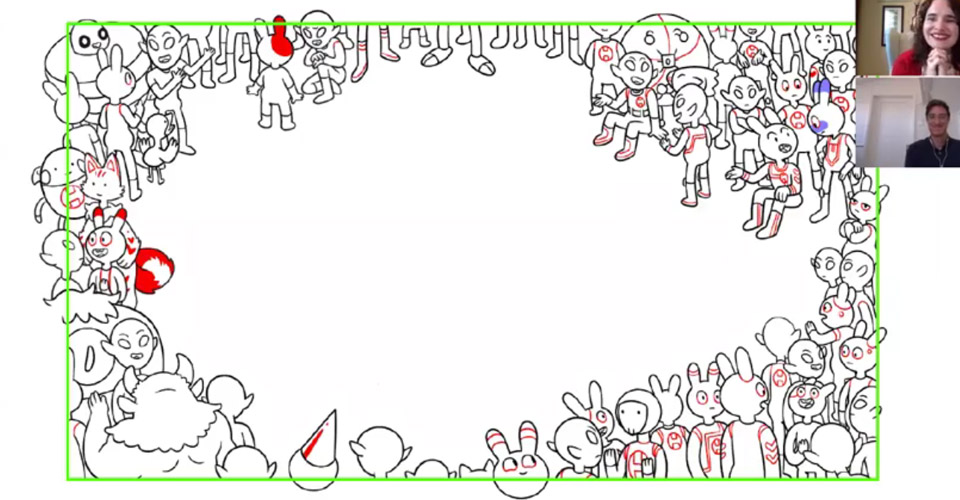
And although it is something not done frequently, Becky admits that one of the most difficult tasks in character design is to draw scenes where there are crowds involved. You need to know not only which characters are going to be in the crowd, but also how many of them will be and how to draw them together but in a way that each one is easily distinguishable. Of course, you need to avoid making tangent lines. This can be difficult while working in a unique character design and even more so where there are multiple ones in a crowd. If this isn’t hard enough, you also need to be able to draw the crowds as seen from different angles.
Sometimes you also need to modify a character design that’s already established. This can be either because it needs a new costume, accessories or to show some battle damage in their attire. In this case, you need to follow the references provided by the artist that made the original design, but you are also free to take your own approach and give it some of your personal style. This way you can come up with new and exciting versions of a character design.
THE PROCESS BEHIND CREATING A CHARACTER DESIGN
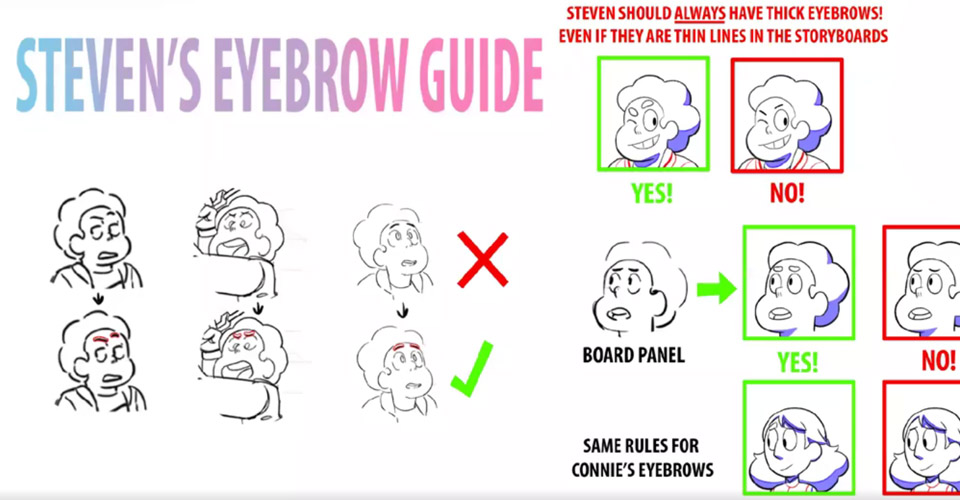
When a team of artists gets a new storyboard, Valerio explains that they first analyze it to find if there are any new characters or elements that need to be designed for the episode. After taking note of any new designs that need to be done, he assigns them to each artist taking in consideration their strengths and weaknesses, as well as what they tend to like drawing more.
Being the art director, Valerio is responsible for making sure that each character design stays true to the show creator’s vision. Not only he supervises the design process for the characters, but also the way color is applied on them and finally, the way they are animated. After all, it’s his job to make sure that there aren’t any errors and that the final art is top notch.
As for Becky, being a character supervisor, she is also deeply involved in this process. She is in charge of supervising her team of artists specializing in character design, as well as reporting back to the art director. One of her tasks is also making a guide of rules and important elements that every artist on her team must follow while creating a character design.
This can be like the way eyes should be drawn, the proportions that must be considered, general mistakes to avoid and so on. This in turn helps to decrease the times a design needs to be corrected, speeding up the process of working on each one of them. Also she is the one responsible for creating the designs for the major characters in each episode.
THINGS YOU NEED TO TAKE INTO ACCOUNT FOR YOUR PORTFOLIO

Valerio says that one of the most important things is to know about anatomy. That’s why he is so keen on observing if an artist is capable of drawing eyes, hands and feets. In his opinion, this is an indication that the artist knows about anatomic proportions, thereforth is easily able to adapt to different art styles while maintaining the correct proportions.
It’s also vital to know about perspective, because as a character design artist, you need to be able to draw in a wide range of angles while giving a sense of depth in your work. Becky, on the other hand, says that it’s fundamental to know about storytelling. That is why she prefers portfolios that show some experience or at least understanding in storyboards and comics. Of course, authenticity is greatly appreciated, so you need to include mostly designs for original characters that you created.
How about showing off that you are proficient in drawing multiple art styles? If you are really great at it, then go for it. But it’s not necessary in Valerio’s opinion. He says he prefers seeing an artist with a unique style in which he truly is good at. After all, if you are talented enough at drawing and understand about anatomic proportions, you can learn the art style for a series over time. Becky agrees with this statement, saying it’s preferable to show consistency and mastery of one art style than regular or poor abilities in multiple ones.
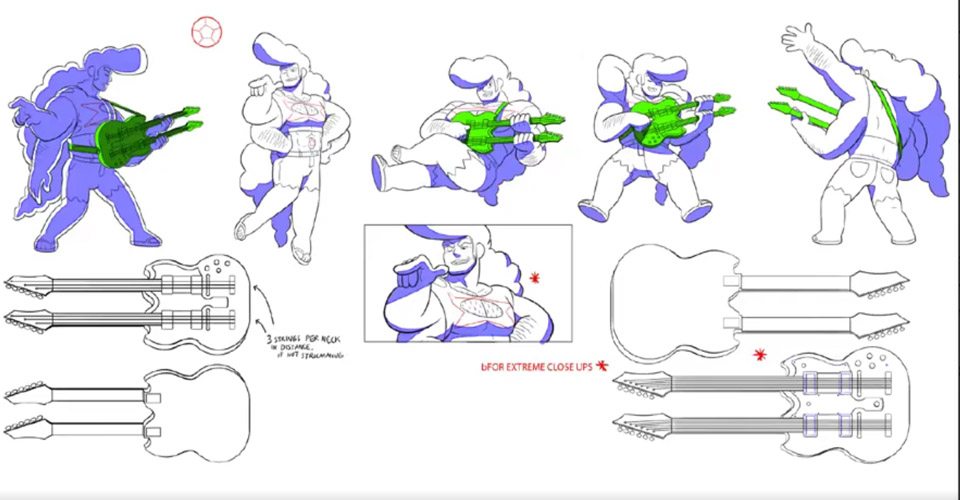
When including your character designs, you must show them not only in static poses but in movement also. A good artist is capable of showing some of their character’s personality through movement, and that’s why Valerio says he values a portfolio where he can see characters with more dynamic poses.
And while a finished character design is the most valued work in a portfolio, you also need to show the creative process behind it. Valerio comments it’s helpful to include at least some quick sketches, so a recruiter can see your ability in cleaning up lines and strokes. Finally, this may seem obvious but Becky states that you need to include colored works of art. While it is true that most character design artists only need to work in grayscale or monochromatic schemes, including some colored pieces can make your portfolio look more visually appealing.
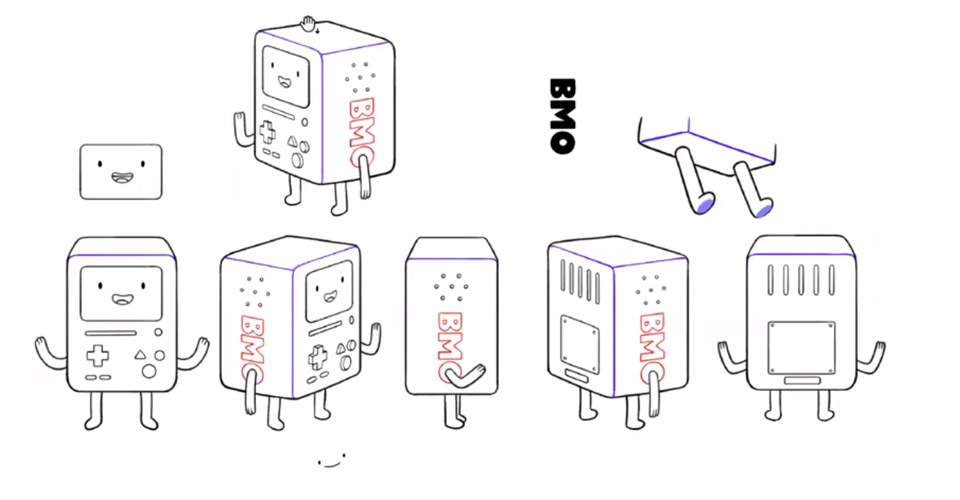
With information from Cartoon Network Recruiting.
